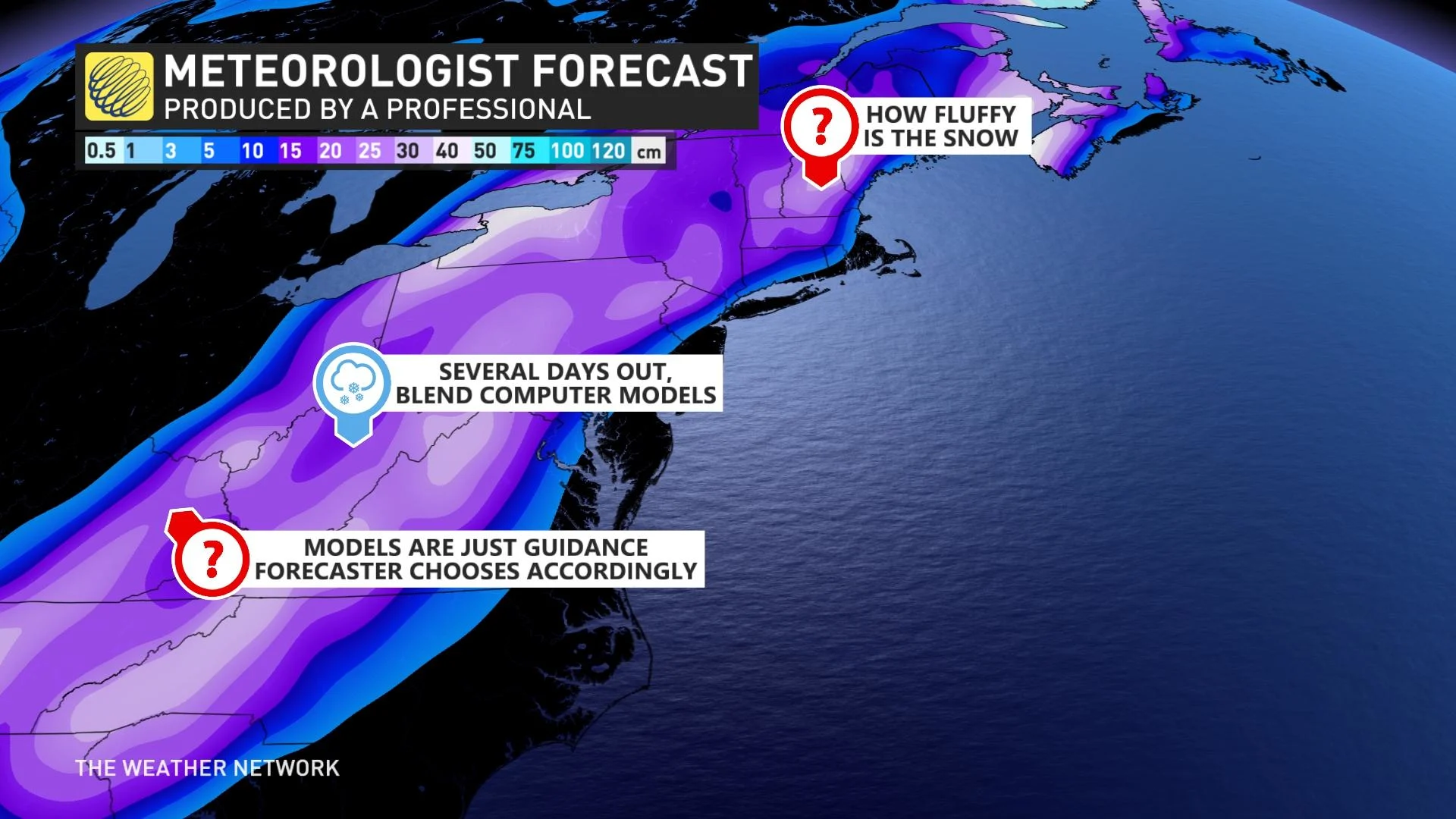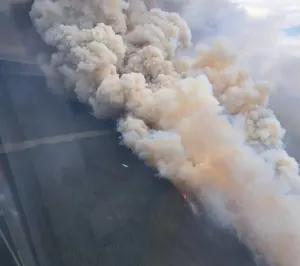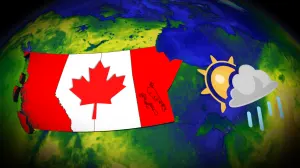
Canada to benefit from major U.S. funding for weather, tsunami alerts
Weather forecasting and tsunami observation networks will get a boost from the latest funding announced by the White House
The latest round of science funding south of the border could improve the accuracy of your weather forecasts—and help keep you safe if a tsunami rolls across the ocean.
The White House announced at the end of May that the U.S. government would invest $36.6 million (USD) in programs aimed at improving weather forecast models and tsunami warning systems. These efforts will likely benefit Canadians for years to come.
DON’T MISS: How a simple weather balloon helps improve your daily forecast
Data assimilation is a big deal
$6.6 million (USD) in funding will go toward the creation of a Data Assimilation Consortium that’ll pool together the resources and knowledge of six American universities.
Data assimilation is a critical aspect of weather models. Meteorologists rely on computer models as guidance in creating their forecasts. No weather model is perfect; each one has its strengths and weaknesses. But even the best weather model is only as good as the data it ingests.
Models draw in a tremendous amount of data covering all aspects of the atmosphere from current temperatures to cloud heights. All of this data helps the model understand what’s going on right now so it can help figure out what will happen in the future.

MUST SEE: Why that wild weather map you saw on social media is probably bogus
The funds will create a Consortium for Advanced Data Assimilation Research and Education (CADRE) between six universities that includes top-rated meteorology programs at the University of Oklahoma and Pennsylvania State University.
CADRE’s goal will be to “upgrade and improve NOAA’s technology for numerical weather prediction capabilities,” according to U.S. Secretary of Commerce Gina Raimondo. The knowledge and data from CADRE will be used to boost American models, and the information will be shared with scientists around the world to improve their own products.
WATCH: Why your weather forecast changes so often
Tsunami observation system gets a refresh
The remaining $30 million (USD) is slated to upgrade the Deep-ocean Assessment and Reporting of Tsunamis (DART) Ocean Observing System, a very long name for a very useful network of buoys designed to detect tsunamis.
NOAA operates a system of 38 buoys across the Atlantic and Pacific basins that can pick up the subtle signs of a tsunami before it hits land.
These life-saving buoys are much more complex than just hunks of technology bobbing on the sea surface.

Each buoy is hardwired to a pressure-sensitive device anchored to the ocean floor. The two sensors together monitor the ocean for signs of a tsunami and instantly relay their findings back to land via satellite.
Data collected by the network can give coastal communities critical lead time ahead of an approaching tsunami, including potential arrival times and the amount of sea level rise expected as the water pushes inland.
Fresh funding will upgrade the 20+ year old DART system, a modernization effort that’ll keep the system running for decades to come. NOAA expects the DART system should be fully upgraded by 2028.
Header graphic created using imagery from Canva and NOAA.










